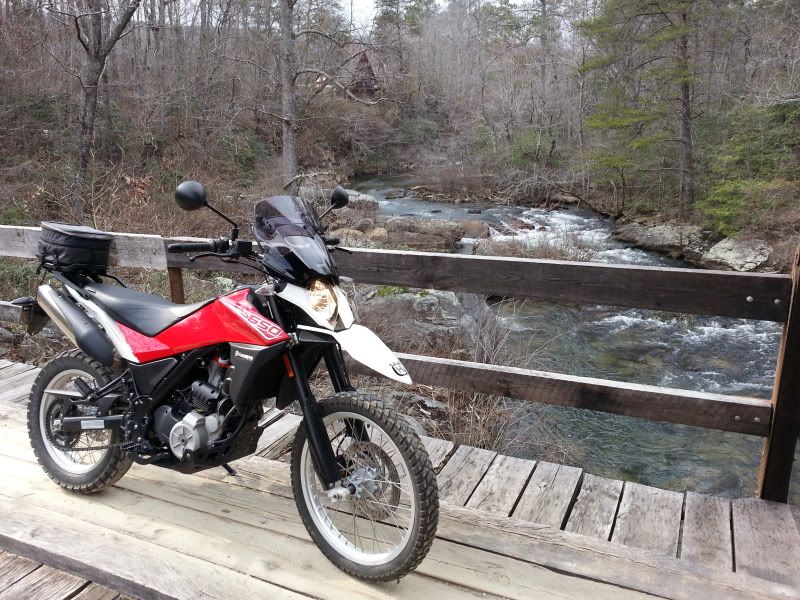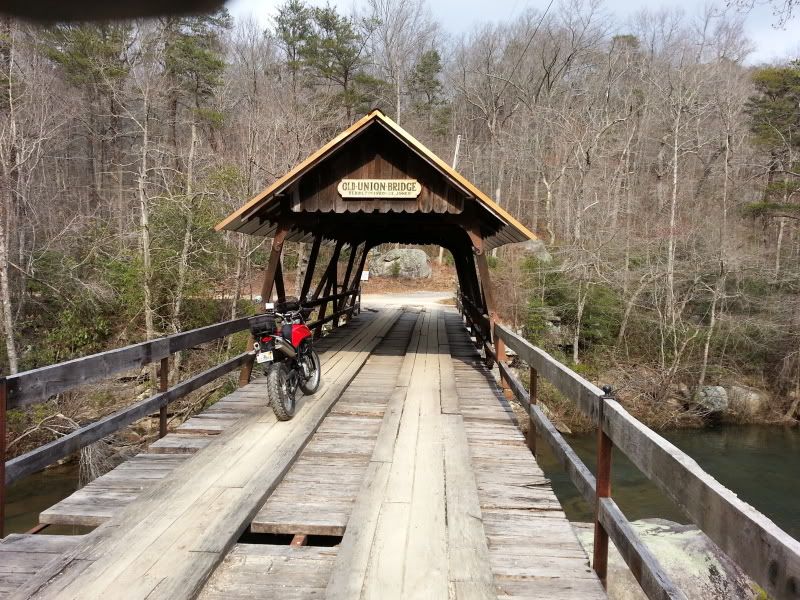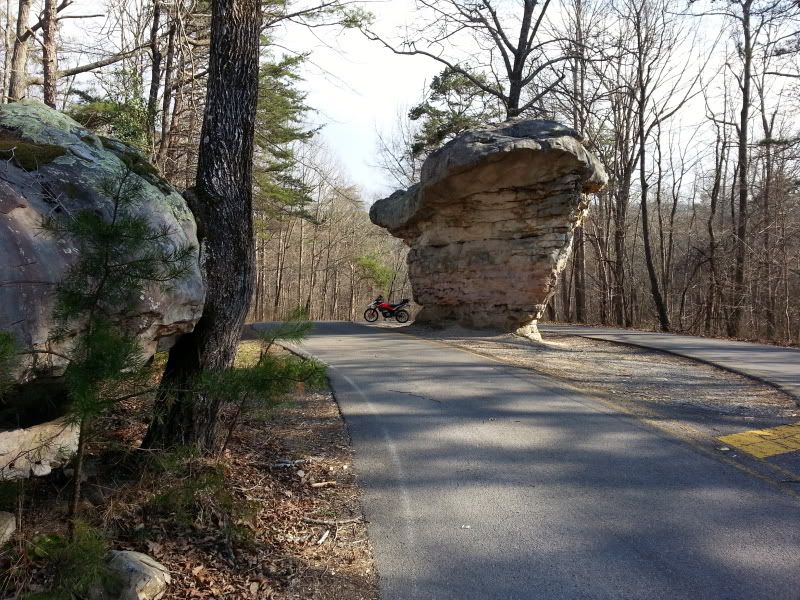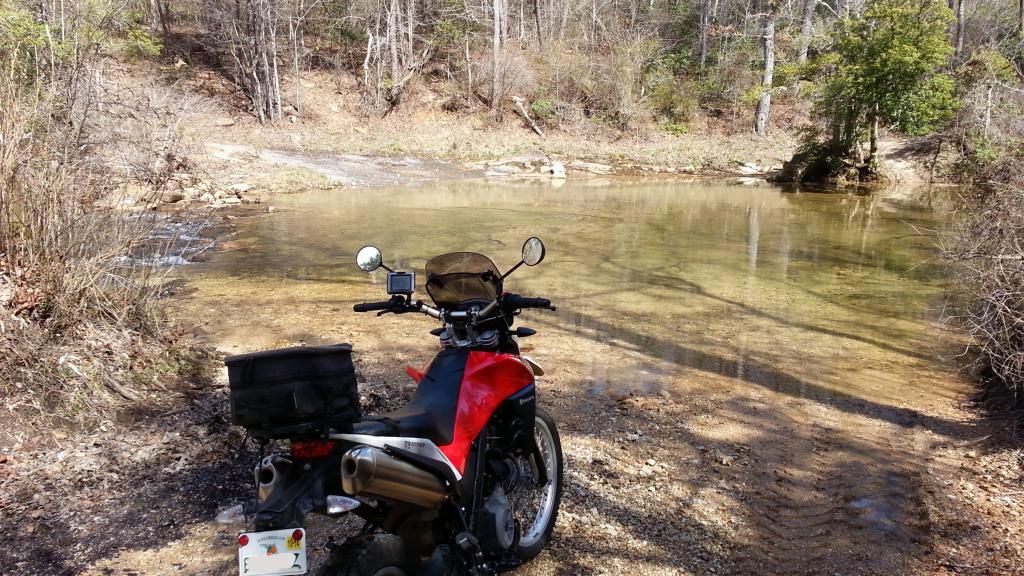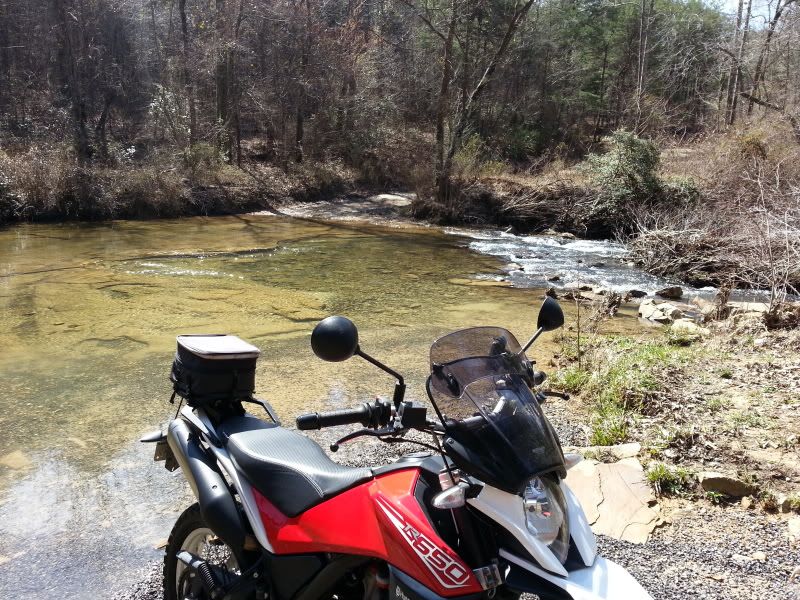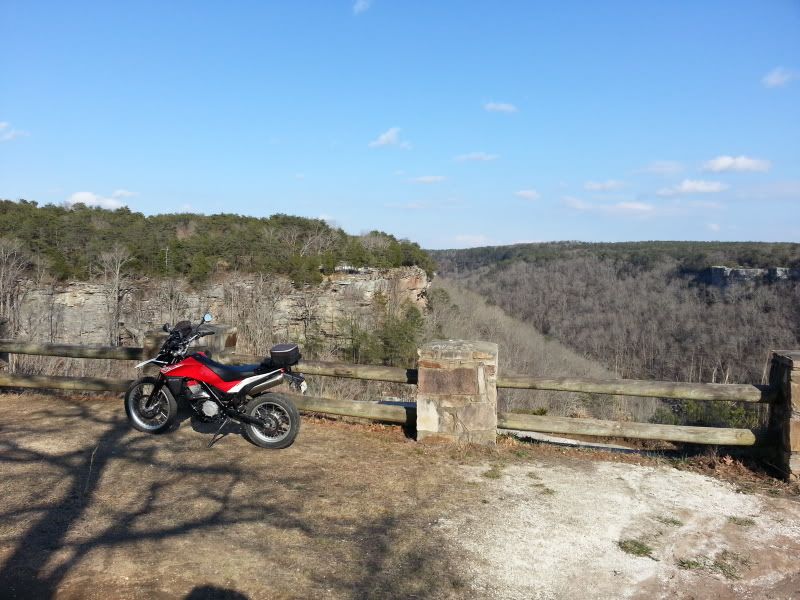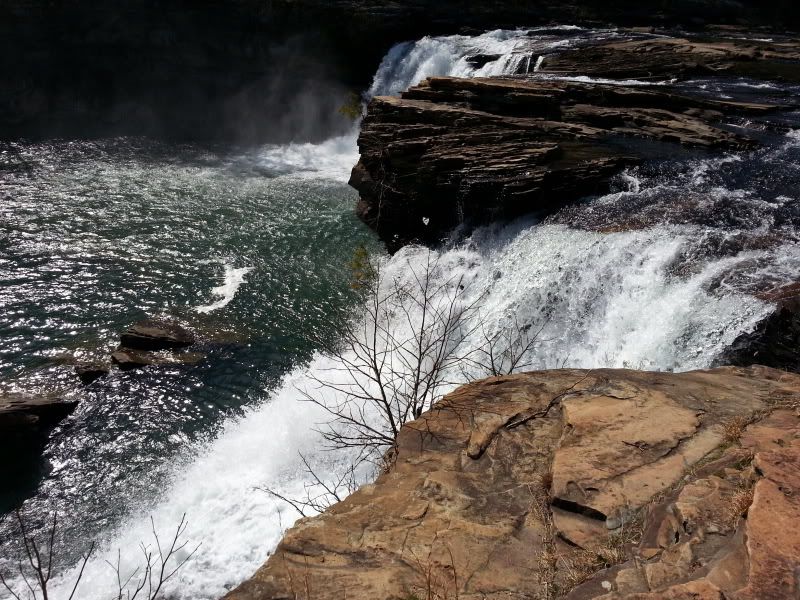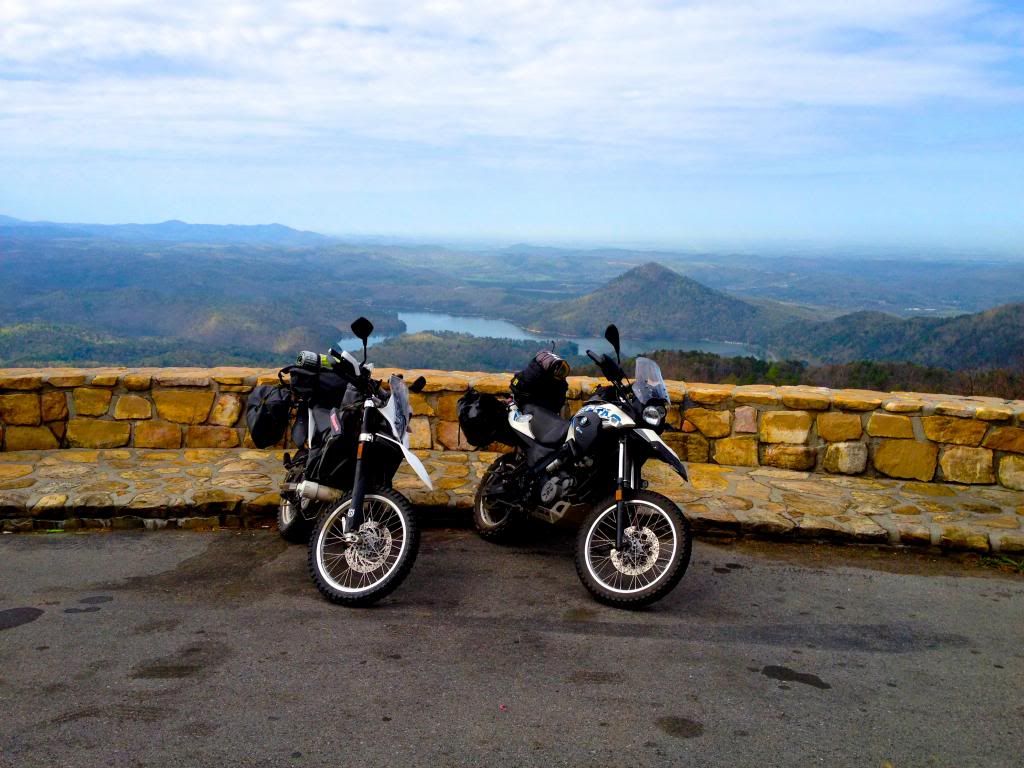The weather forecast for the weekend was superb, so we decided to spend it on the Belgian Seaside. And with all the commemorations of The Great War coming up it felt like the right time to revisit some of the landmark sites which were compulsory school visits in our youth.
We started off at the German cemetery near Vladslo.
There's 20 names of young German boys and men that died here in Flanders' fields for each stone in the cemetery. Over 25000 in total, being watched over by a statue of mourning parents.
Nearby is the Pax gate and the Yser tower, a monument in remembrance of the Flemish fallen. It was built in 1930 with what would become a very ironic inscription only 10 years later: "Nooit meer oorlog. Plus jamais de guerre. No more war. Nie wieder Krieg." in the 4 languages of the opposing parties on the Western front.
Some last minute renovation works were being finalized.
Then it was on to the largest cemetery for Commonwealth war heroes in the world: Tyne Cot.
About 12000 British, Canadians, Australians, New Zealanders and South Africans. And a few Indians and Pakistani. Some room is reserved as well for a few non-allied soldiers. It is an impressive and humbling sight, but it is also hard to forget that this is less than half of the number buried on the German cemetery in Vladslo.
Tyne Cot also has a wall with the names of 30000+ soldiers whose bodies were never recovered.
We're near Paschendaele, where during a 100 day battle 500000 men lost their lives fighting over an 8km wide stretch of land.
Ypres, with its Menin Gate, is also only a stone's throw away. Every evening at 8PM since 1928 and for eternity the Last Post is played under the gate to remember the fallen soldiers of the British Empire.
More names of men and boys who gave their lives in one of the most gruesome conflicts in history.
Luckily Flanders' fields look a lot more peaceful nowadays.
Our final stop for the day is a small Belgian cemetery near Ramskapelle.
Belgium is only a small country, with not that many inhabitants. Which also meant there just weren't as many of them to die either. Yet the cemetery is still pretty full
Most of the graves are marked for "Onbekend", meaning the bodies could not be identified.It is a recurring theme on all of the Great War cemeteries.
Even 100 years after the start of the war dozens and dozens of shells a month are still dug up by farmers in their fields and at construction sites. Every now and again the Great War still makes a new casualty.








 Hope you make it down here one day
Hope you make it down here one day






















 , would like to see it
, would like to see it